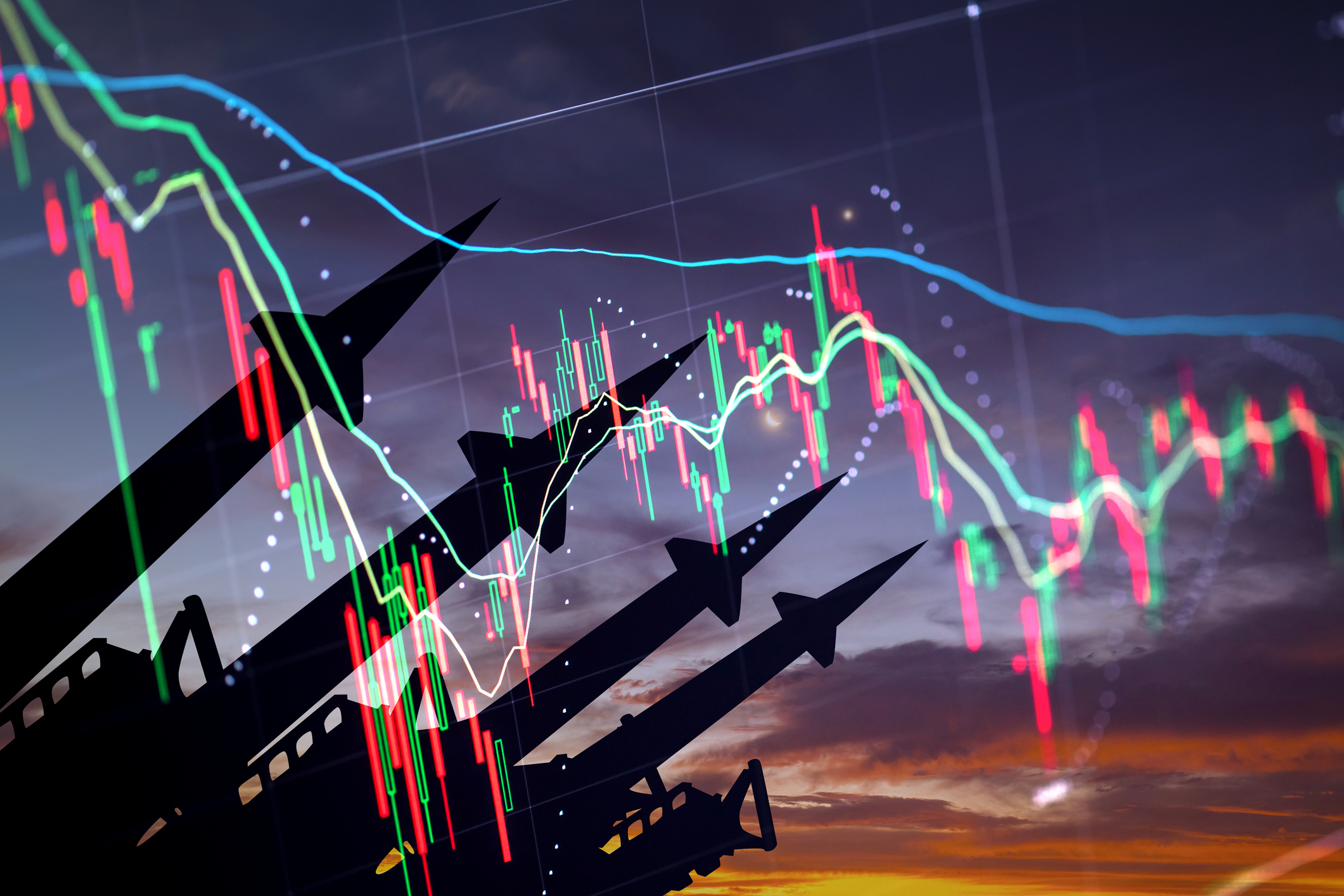Here it is – our foolproof trading strategy
Bill Bonner explains his ‘simplified trading strategy’.
Yesterday, we turned 66 years old.
When did we get so old? We can't remember.
But "66 is still young" everybody says so. Especially our mother, who is 93, and our uncle, who is 96.
MoneyWeek
Subscribe to MoneyWeek today and get your first six magazine issues absolutely FREE

Sign up to Money Morning
Don't miss the latest investment and personal finances news, market analysis, plus money-saving tips with our free twice-daily newsletter
Don't miss the latest investment and personal finances news, market analysis, plus money-saving tips with our free twice-daily newsletter
For our birthday, we went with Elizabeth to the Dome du Marais, a nice restaurant in the centre of Paris, housed in a handsome round building which was once a pawn shop. The pawn shop had been set up, explained the menu, by Louis XIV in order to combat usury. In the days before credit cards, people could come to the pawn shop, rather than to loan sharks, for their financing needs.
The Marais is a charming part of the city: narrow streets; ancient buildings; chic shops. It is much more fashionable and cosmopolitan than our neighbourhood. At one table was a group of young professionals perhaps in finance some from England, some Americans, an Asian, and others. It looked very much like a group you'd see in London or New York. At another table was a couple we took to be Scandinavian, or Russian. An American couple sat at yet another table, but left early.
"That didn't seem like Paris", said Elizabeth afterwards. "It could have been anywhere."
Now, the small talk out of the way, let us return to our subject.
The Dow has traded at more than 20 times earnings six times in the last 114 years: at the very beginning of the 20th century; in the late 1920s; in the mid-1930s [because earnings were so low]; in the 1960s; in the 1990s; and twice in the 2000s. Each time (save the last, so far) was followed by a bear market, which brought shares back to more reasonable levels.
Likewise, the Dow has traded below ten times earnings only three times during that period: between about 1915 and 1925; again, after the crash of 1929 off and on until 1945; and then between about 1977 and 1984. (The dates are approximate, because price/earnings (P/E) ratios are slippery). Each time was a buying opportunity; stocks rose substantially subsequently.
The simplified trading strategy' (STS) couldn't be simpler. P/E > 20 = sell. P/E < 10 = buy. When stocks are above 20 times earnings, you are out. When they fall below ten times earnings, you buy again. Otherwise, you do nothing.
Had you come to adulthood 1900, and somehow lived to today, following STS, you would have saved yourself the worst drawdowns, and still taken advantage of the big bull markets of the 1920s, the 1960s, the 1980s and 1990s, and even the bull markets of the 2000s, depending on how you calculated your P/E ratio (note that using Shiller's measure, you would have been out of stocks since the late 1990s: his Cape never fell below the ten times entry mark).
Easy peasy, right? Your rate of return would have been far in excess of buy and hold, again depending on the specific numbers you used for deciding exactly went to get in and out. But the beauty of the system is that you didn't have to be too exact about it. The system is meant to help you get the big moves right; the details almost don't matter.
Our old friend Stephen Jones has been studying the essential question for decades. He has come up with an even better way to determine the real value of the stock market and its likely direction better than Shiller's CAPE and better than Tobin's Q. Earnings, he points out (the denominator in the P/E ratio) are misleading, he says. They can be goosed up by unsustainable trends. That is exactly what has happened now; earnings are greatly flattered by the Fed's easy credit. It is better to look at total output GDP, he says, and then to adjust the figure by the macro trends that are sure to affect it going forward. The two main ones are debt and demographics. It has been shown that both influence growth. As debt increases and a population ages growth declines. Stephen put those figures into his model, and found the resulting indicator was more accurate than another other market-forecasting tool.
What does his model tell us now? First, stock prices are well over 20 times earnings, when earnings have been properly normalised, or smoothed, as Shiller would do it. [P/E >20]. Second, the model forecasts annual returns of minus 10.5% for the next ten years. Simple and obvious advice; it's a good time to stay out of the stock market.
But wait. If this is so simple, surely the smart money must have seen it. Surely, it noticed that stocks were sometimes cheap and sometimes dear. Surely it realised that investors were moved by greed and fear, and that they frequently mispriced stocks.
And what about all those guys with PhDs on Wall Street? Don't they know about the anomalies Porter mentioned yesterday? Don't they see all those dollars, lying on the ground, just waiting to be picked up? Don't they know they can time the stock market at the extremes as our STS does? Of course they do!
Tomorrow: what's wrong with the 'smart money'? How come it leaves so much money available for investors like us? Are they not-so-smart after all?
Get the latest financial news, insights and expert analysis from our award-winning MoneyWeek team, to help you understand what really matters when it comes to your finances.
MoneyWeek is written by a team of experienced and award-winning journalists, plus expert columnists. As well as daily digital news and features, MoneyWeek also publishes a weekly magazine, covering investing and personal finance. From share tips, pensions, gold to practical investment tips - we provide a round-up to help you make money and keep it.
-
 How to profit from defence stocks beyond Europe
How to profit from defence stocks beyond EuropeOpinion Tom Bailey, head of research for the Future of Defence Indo-Pac ex-China UCITS ETF, picks three defence stocks where he'd put his money
-
 Why the Waspi women are wrong'
Why the Waspi women are wrong'Opinion Compensation for the Waspi women would mean using an unaffordable sledgehammer to crack a nut, says David Prosser

